

Проект «Голоса еврейских местечек. Могилевская область».פיתוח קשרי התרבות בין העמים של ישראל ובלרוס
|
|---|
Поиск по сайту |
|
MainNew publicationsContactsSite mapVitebsk regionMogilev regionMinsk region |
Alexander Litin, Ida ShenderovichDRIBIN, THE STORY OF THE TOWNDribin is located on the river Pronia, 64 km away from Mogilev. In 2004 its population constituted 3.200 people. At the beginning of the 20th century, Dribin had up to 1200 residents, 900 of them Jewish. The Jews were mostly engaged in minor trade. The settlement had an Orthodox church and two Jewish prayer houses. Bright and interesting memories about the pre-revolutionary Dribin were left by its native resident, Zalman Shifrin: 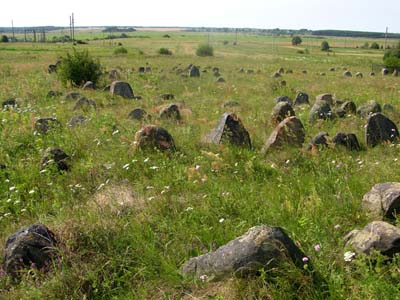
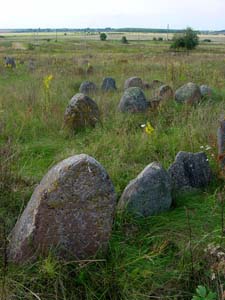
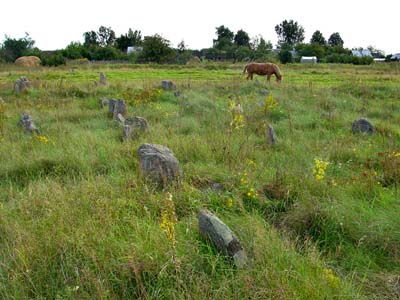 The Jewish cemetery in Dribin.
The Jewish cemetery in Dribin.
… In the settlement a half or maybe even more Jewish families were the Rabinoviches and the Shifrins. Almost all of them were related to one another. Dribin was located in a picturesque place – next to meadows and forests on the bank of the Pronia. Sixty percent of the town population was Belarusian, Russian and Polish, while forty percent was Jewish. 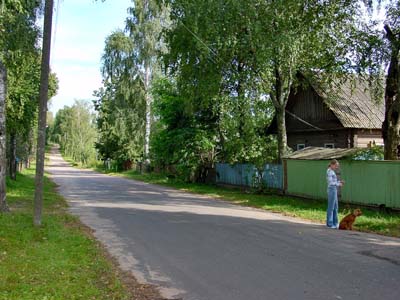 Kolkhoznaya street. Here ghetto was located in 1941.
Kolkhoznaya street. Here ghetto was located in 1941.
There were two communities: a Russian one (which mostly consisted of Belarusians) and a Jewish one – kahal. The Jewish community had a rabbi. The Jewish families only bought kosher meat from a shoichet. In 1923, from the total of 1510 residents, 604 were Jewish. In the years of the Great Patriotic War, Dribin was occupied by Nazis. They established a death camp and murdered 2469 people. In 1943 they burned down almost all the houses. On October 2, 1943, Dribin was liberated. The town was built a new but no Jewish residents remained in the town. The HolocaustA resident of Dribin, Matvey Alexandrovich Kugovsky, remembered that on September 30, 1941, a punitive squad of Germans arrived in Dribin. About 400 Jewish residents were forced to settle down in several houses and then, a week later, they were all gathered and made to walk to a forest, located 2 km away from Dribin. They were all shot in the forest. Among the victims were Basia Atsinina, Ilyas Peker, Boris Feldman and Genia Rivkin. 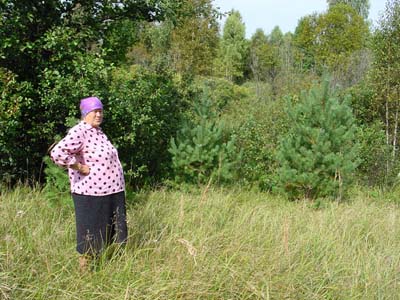 Execution site of Dribin Jews near the village of Poloski.
Execution site of Dribin Jews near the village of Poloski.
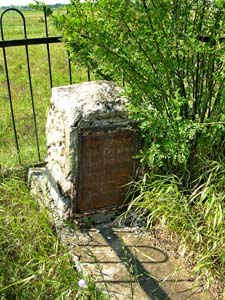 Memorial to the executed families
Memorial to the executed familiesof the Rivkins and the Gusins in Dribin. From the story told by Vera Mironovna Karabanova, born in 1930. There were a lot of Jews among my acquaintances. 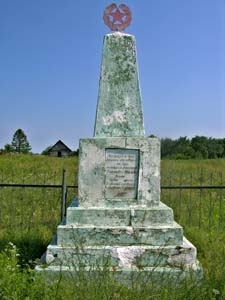
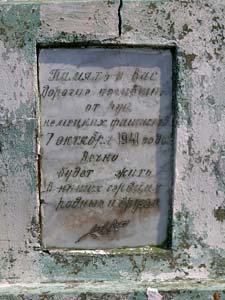 Memorial at re-burial site of Dribin Jews
Memorial at re-burial site of Dribin Jewsin the Jewish cemetery. Set in the 50s with the assistance of local residents. When I came to my school in Dribin in 1944, our teacher gathered all of us (only 10 students were left in our grade) and said that all of our Jewish classmates had been murdered. My best friend, Beba Tsyplionok, had also been killed. She and her family had been given shelter in one of the villages nearby but later someone had given them away. They had all been killed. We were crying, having seen so many murders, fires, fear and pain. (From the archive of Mogilev project “The lessons of the Holocaust”) Photos taken by Alexander Litin |
|||
|
|
Jewish settlements in Mogilev regionMogilev• Antonovka• Batsevichi• Belynichi• Belynkovichi• Bobruisk• Byhov• Chausy• Cherikov• Dashkovka• Dribin• Esmony• Glusk• Golovchin• Gorki• Gory• Grozdianka• Hotimsk• Kirovsk• Klichev• Konohovka• Kostukovichi• Krichev• Krucha• Krugloye• Lenino• Lubonichi• Martinovka• Moliatichi• Mstislavl• Naprasnovka• Osipovichi• Rodnia• Rudkovschina• Samotevichi• Sapezhinka• Selets• Shamovo• Shepelevichi• Shklov• Slavgorod• Staroselie• Sukhari• Svisloch• Vereschaki• Zaverezhie• Zhilichi• |
Main |
New publications |
Contacts |
Site map |
Vitebsk region |
Mogilev region |
Minsk region |